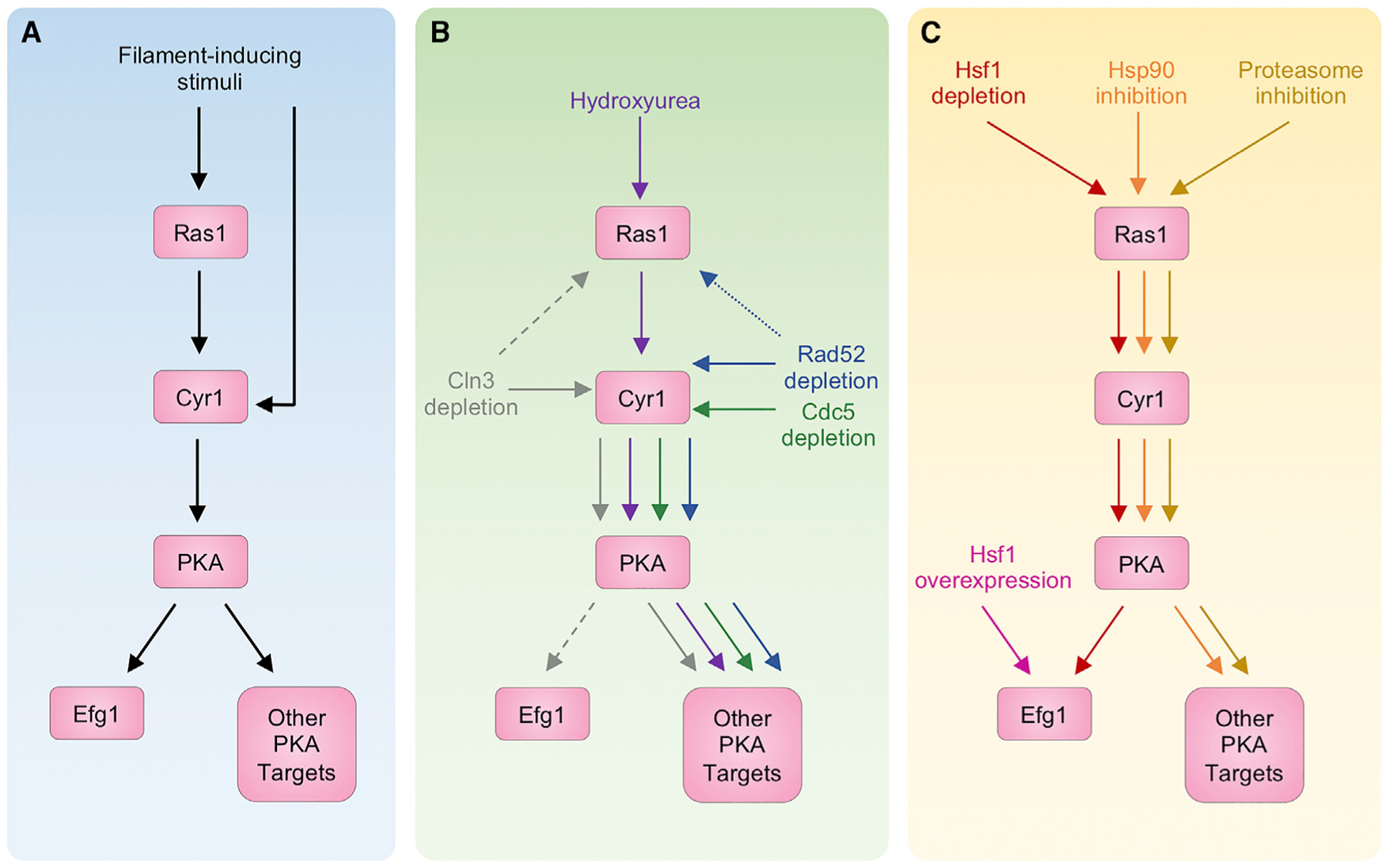Figure 4. Morphogenesis induced by perturbation of cell-cycle or proteostasis signals through the cAMP-PKA pathway.

(A) Signaling through the cAMP-PKA pathway is required for filamentation in response to many cues.
(B) Disrupting cell-cycle progression by treating with the DNA synthesis inhibitor hydroxyurea (in purple), depleting the checkpoint protein Rad52 (in blue), or loss of the polo-like kinase Cdc5 (in green) induces filamentation in a manner that depends on the adenyl-cyclase Cyr1 but is independent of the PKA transcription factor Efg1, implicating PKA targets that remain to be identified. Filaments induced by hydroxyurea treatment, but not Cdc5 depletion, also require Ras1. The dependence of filaments induced by depletion of Rad52 on Ras1 is unknown (indicated with dotted lines). Hyphal growth in response to depletion of Cln3 requires signaling through Cyr1 but has only moderate dependence on Ras1 and Efg1 (indicated by dashed lines).
(C) Filamentation induced by inhibition of Hsp90 (in orange) or the proteasome (in yellow) or by depletion of Hsf1 (in red) requires signaling through Ras1, Cyr1, and the PKA subunits Tpk1 and Tpk2. Although filaments induced by Hsf1 depletion depend on Efg1, inhibition of Hsp90 or the proteasome induces filamentation through additional, unknown transcription factors downstream of PKA. Hsf1 overexpression (in pink) induces filamentation independently of cAMP-PKA signaling but requires Efg1.
